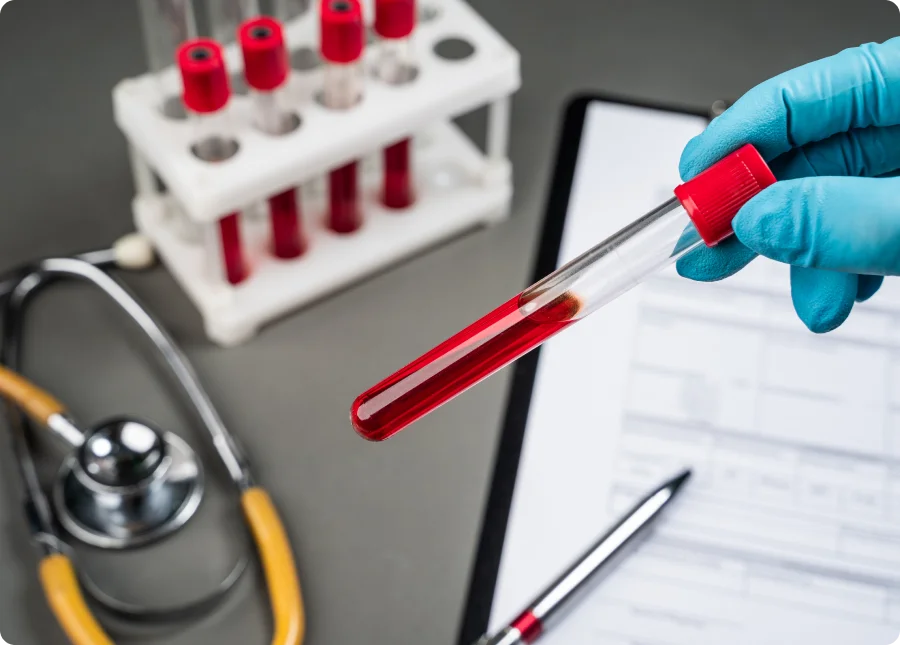
Advancements in Anemia Diagnosis: A Game-Changing Breakthrough
According to the last report of the World Health Organization (WHO), 40% of all children aged 6-59 months, 37% of pregnant women, and 30% of women 15-49 years of age are affected by anemia.
Anemia manifests when a deficiency in red blood cells or hemoglobin impacts oxygen transport to organs and tissues, primarily affecting women and children. Its severe cases can hinder cognitive and motor development in kids and pose risks to pregnant women and their infants. Contributing factors include inadequate nutrition, infections, chronic illnesses, heavy menstrual bleeding, pregnancy complications, and familial predisposition, often rooted in insufficient iron levels. It’s both preventable and manageable, prevalent in low- and lower-middle-income regions where iron deficiency and malaria stand as critical culprits for this condition.
A groundbreaking research study has introduced a promising advancement in the diagnosis of anemia, offering a rapid and precise method to identify various forms of this condition. Anemia, characterized by a range of symptoms and multiple distinct types, has historically posed challenges in accurate and efficient diagnosis due to the complexity of differentiation. However, a pioneering predictive model utilizing historical data from the Laboratory of the Department of Clinical Pathology and Laboratory Medicine at Universitas Gadjah Mada, Yogyakarta, Indonesia, has emerged as a potential game-changer. Developed through the cutting-edge extreme learning machine (ELM) algorithm, this model demonstrated staggering accuracy rates in distinguishing between beta thalassemia trait (BTT), iron deficiency anemia (IDA), hemoglobin E (HbE), and combination anemias. With an impressive 99.21% accuracy, 98.44% sensitivity, 99.30% precision, and an F1 score of 98.84%, this innovative approach showcases immense promise in streamlining diagnosis for medical professionals. This breakthrough could significantly accelerate the identification process, offering a more accessible and precise means of diagnosing anemia, potentially transforming healthcare in smaller-scale healthcare settings where traditional testing methods are less available. You can have access to the full paper through link bellow.
